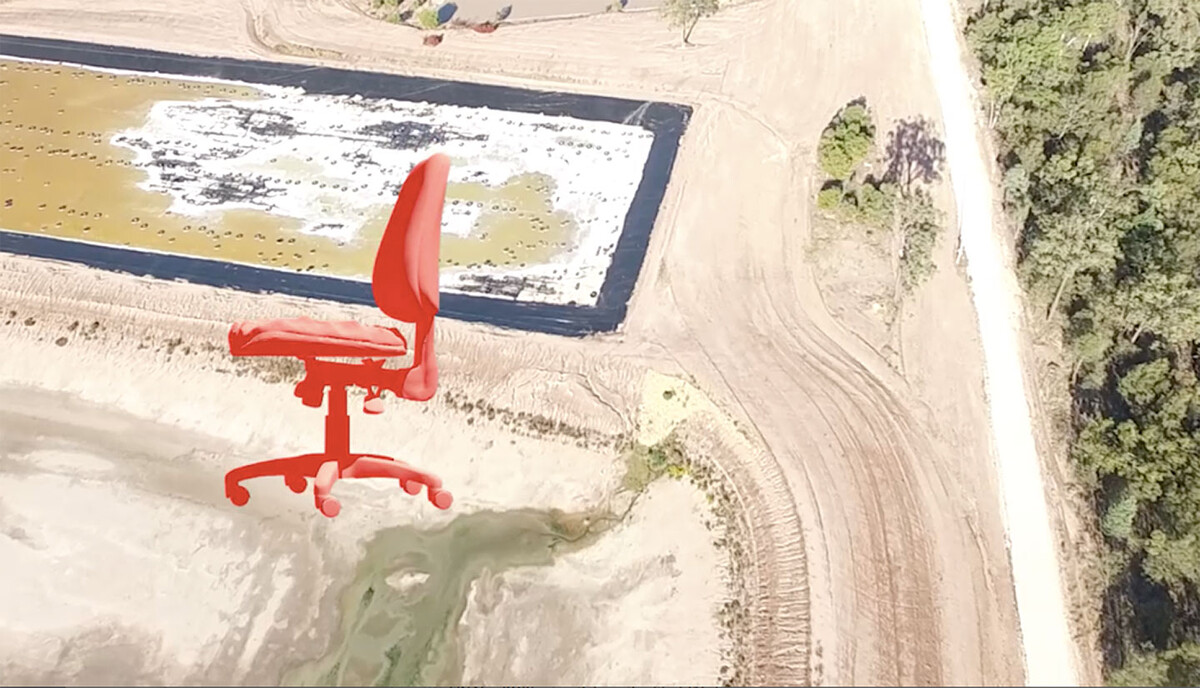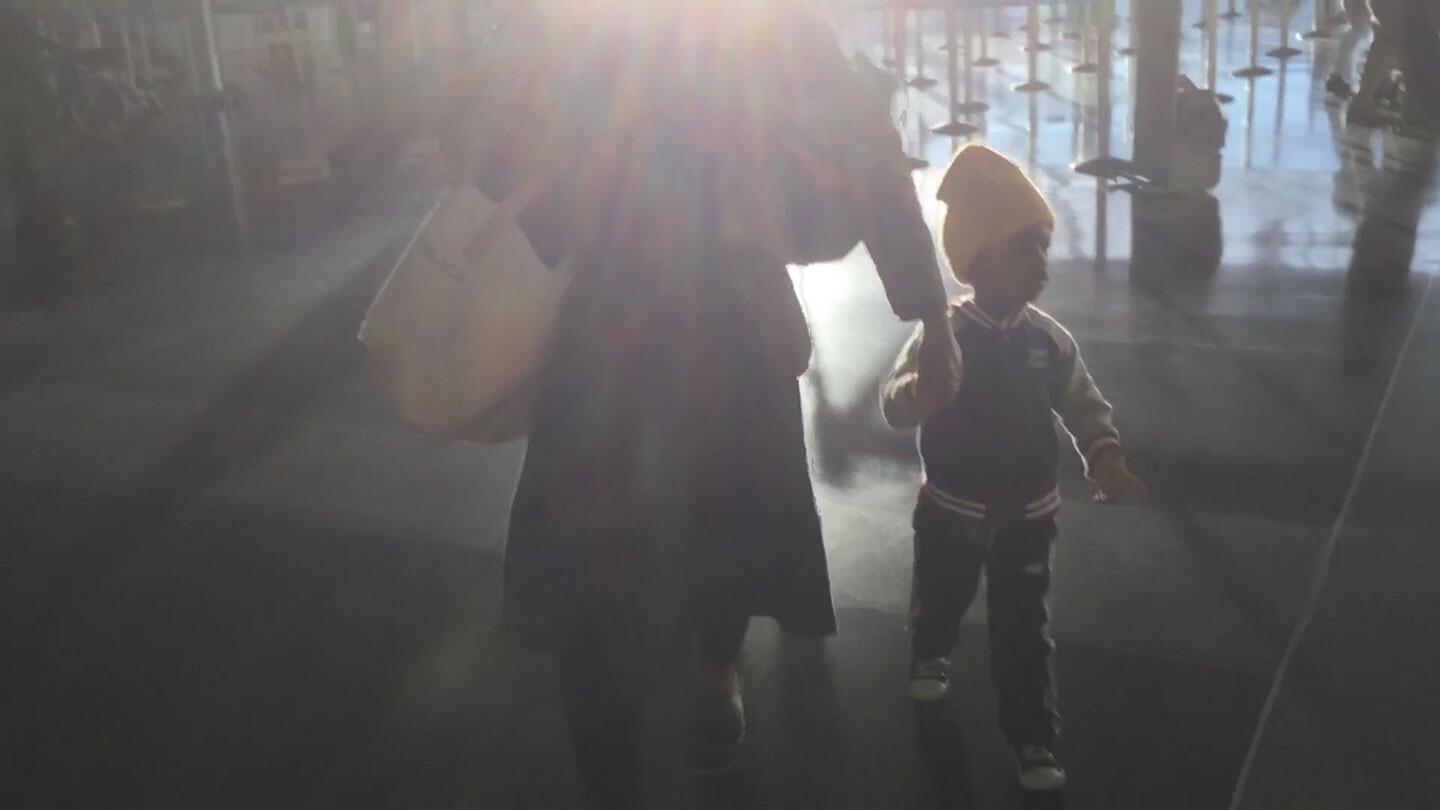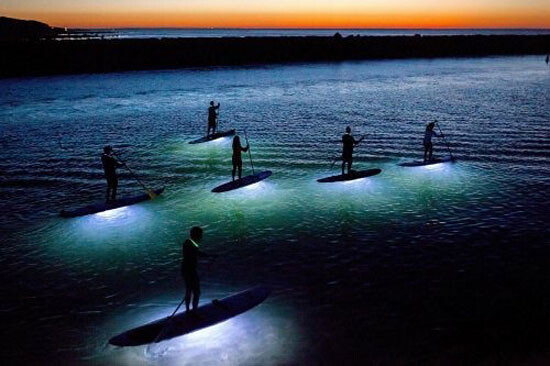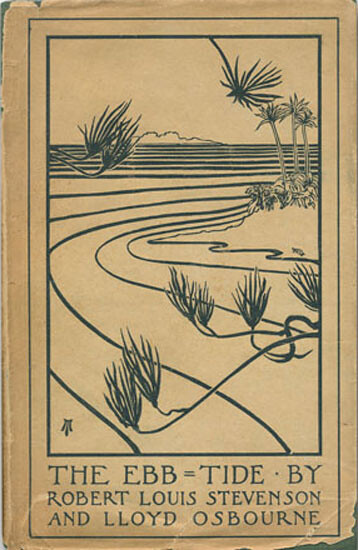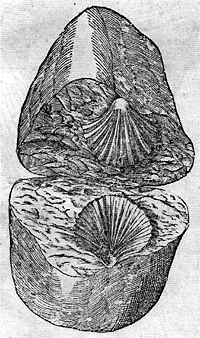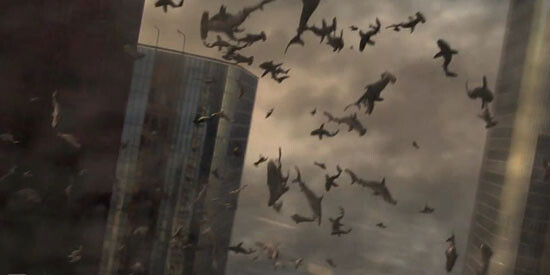Even though Love is the Message offers an amazing account of generative ambivalence and creative survival, even while it also gives rise to encompassing hopefulness in collective moments of love, solidarity, ethical conviction, and collective justice-seeking, it simultaneously obliterates any consideration of extending or sustaining its world of horror, one of beyond-grotesque inequality, impoverishment, and violence that renders Black life and lives matterless by the state and its human apparatuses. Unlike The Breakthrough Institute, which proffers art and leisure as rewards, Jafa’s sci-fi reaches the realm of cosmopolitical magnitude without losing sight of vernacular instances of in/justice, of situated expressions that are future-oriented but historically informed, and which are dedicated to the reinvention of everyday life, art, culture, politics, mourning.
Volumetrics

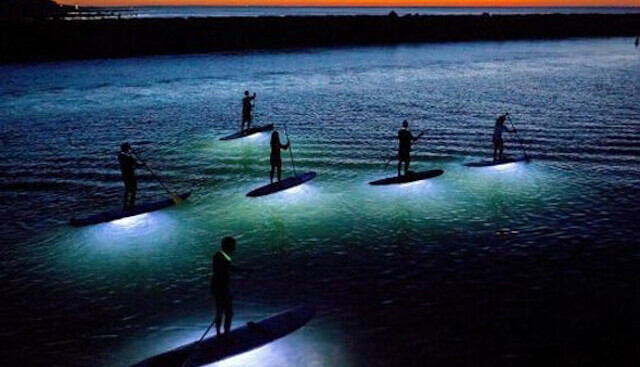
Focusing upon depths, atmospheres, flows and muddying, we present a series of texts that act as vessels
of volumetrics. These texts interrogate ecologic, geologic, and cartographic space; while internalizing and
unravelling intimate, affective, and traumatic currents. Following fluvial linkages between these texts, we
read through the framework of Ecological Gyre Theory, our ongoing research practice. EGT investigates
the renewal and recontextualization of all things as texts, encompassed within endless constellations of
assemblages in our rapidly changing world. Theoretically, EGT speaks to descension, acceleration, and
reworlding; a methodology to investigate, examine, and consider that which whorls, eddies, and flows in
our current context.
During normotic peaks of approval phases of settler-colony mining booms, “artist impressions” of mega-mine proposals are photoshopped up at unprecedented rates and scales. Weaponized images of dignified-looking but no longer collectively-bargaining laborers, exaggerated job figures, fetishized New Machines, and particularly pernicious laminations of corporate-sponsored settler household reproduction placehold new industry forms of extraction. The perversions of prospective accounting given for “environmental assets”—for example, soil and water—force a rereading of finance through colonial legacies that limit the imagination of mattering. Between the slave ship and the container ship, the story of Australia’s particular mercantile-era contribution to the arsenal of global capital, in making the concept of land fully fungible, generates extra-aesthetic analytics by being retold.
Can a waste product marketed as a valuable fuel be treated proactively as both a clear and present danger and as a public monument? Such an approach is suggested by current philosophy and cultural critique. The materialist turn toward the “agency of things, “vibrant matter,” and “speculative realism” is driven by a need to come to grips with the suicidal overproduction that structures contemporary society. The handful of petcoke that you can pick up along the side of the river becomes the withdrawn index or impossible clue to the vast interlocking system of energy production and its consequences, on the scale of the planet earth and in the dimension of geological time.
